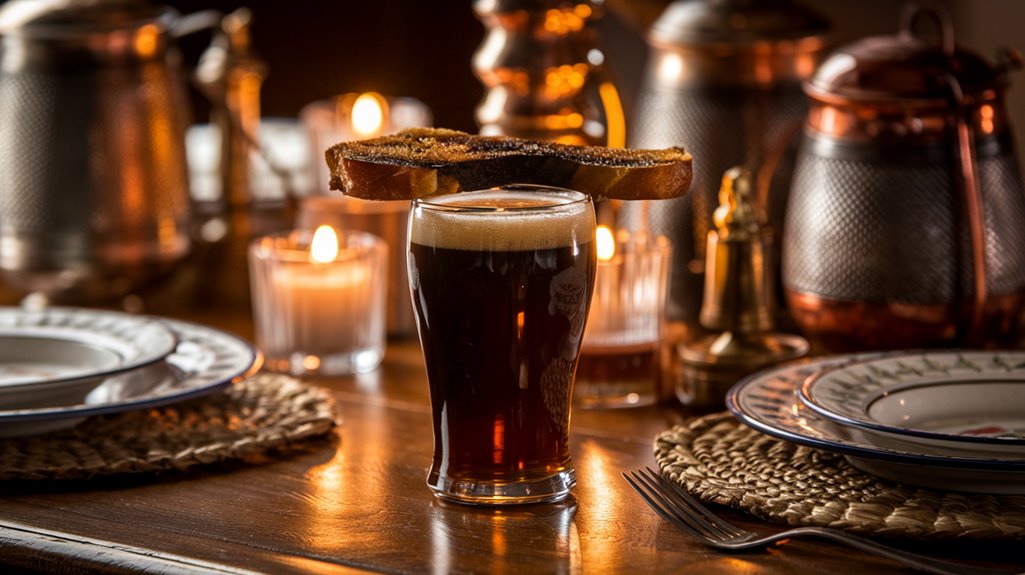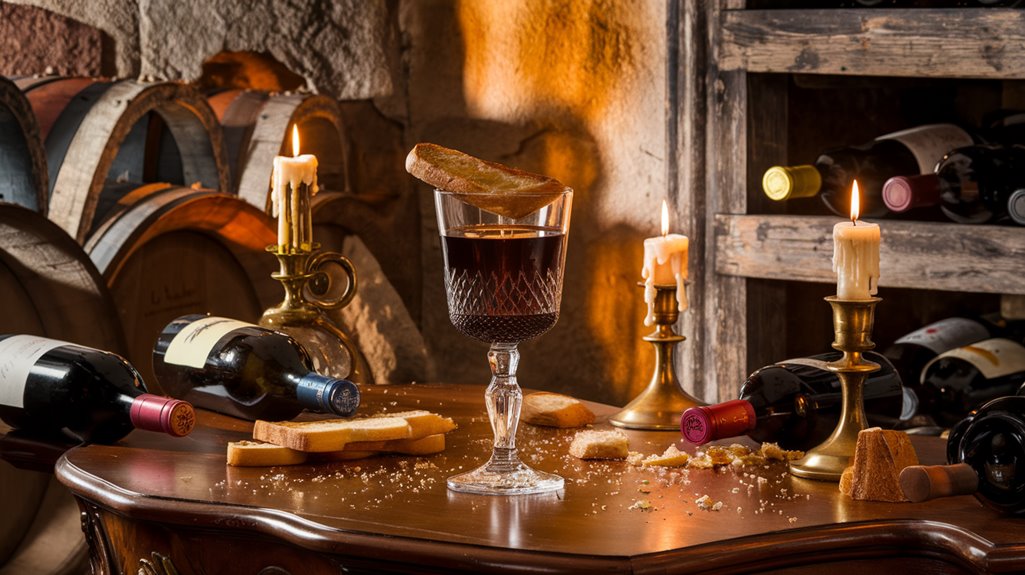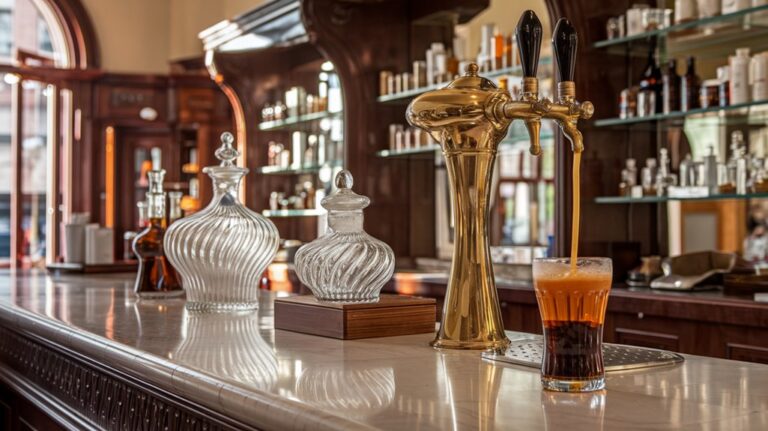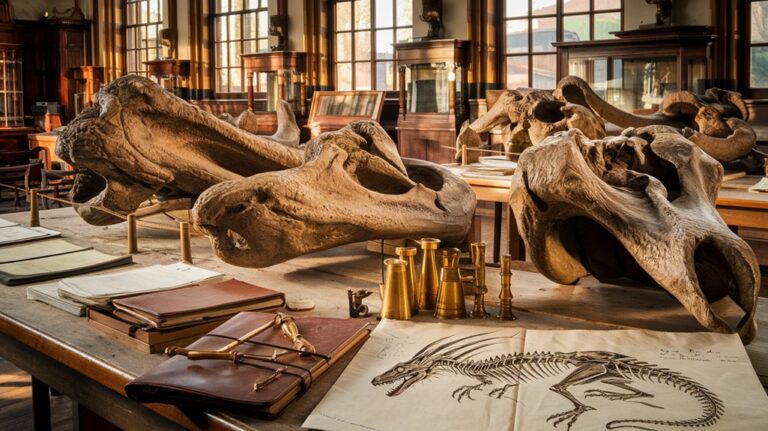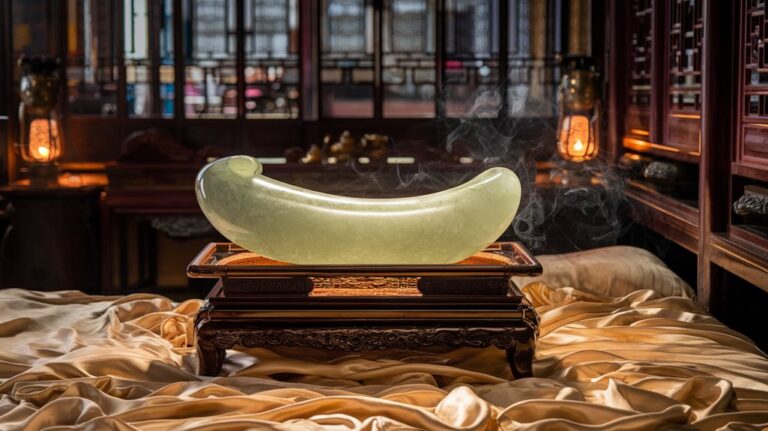Raising a Toast Comes From Actually Putting Toast in Drinks
You've probably raised your glass in celebration countless times, but you might not know that the ritual began with actual pieces of toast floating in wine. Before modern filtration methods, drinkers would drop charred bread into their glasses to improve the taste of questionable wine and soak up sediment. It's a peculiar origin story that reveals how one of our most cherished social customs emerged from a practical solution to poor-quality beverages.
The Ancient Practice of Floating Toast in Wine
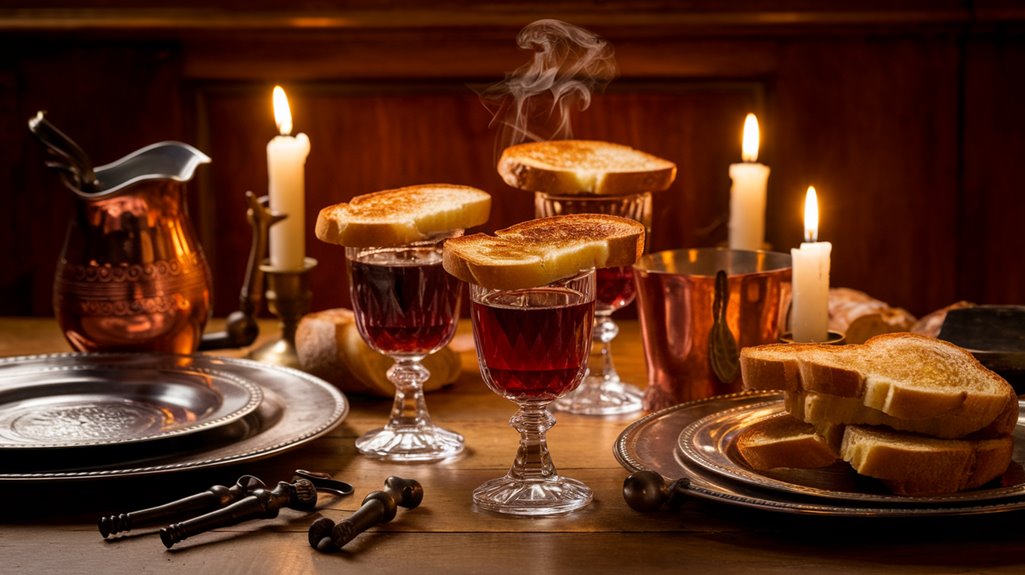
While many today raise their glasses in celebration, the actual term "toast" originated from an ancient Roman custom of dropping burnt bread into wine. The historical significance of this practice stems from its practical purpose – the charred bread helped temper the wine's acidity and made slightly spoiled wines more palatable.
The tradition carried deep health symbolism, as both Greeks and Romans used it to guarantee their wine wasn't poisoned. In fact, the Latin word "tostus," meaning roasted or parched, eventually came to represent the drink itself. The Roman Senate officially recognized this practice when they decreed Augustus's toasts at every meal. Over time, this custom evolved from a sacred libation into the secular practice we know today.
Shakespeare even referenced this practice in The Merry Wives of Windsor, where the character Falstaff requests to "Put a toast in it." The custom was so prevalent that hosts would demonstrate their good intentions by drinking first before offering wine to their guests.
How Romans Changed Drinking Customs Forever
The ancient practice of floating toast in wine represents just one facet of Rome's revolutionary impact on drinking culture.
You can trace many of today's drinking customs directly back to Roman traditions, from the way you toast to health to how you celebrate with wine at special occasions.
The Romans transformed drinking from mere consumption into a sophisticated cultural practice. Special banquets called convivium and comissatio featured poetry readings and intellectual debates.
Through Roman symposiums and Bacchanalian feasts, they established enduring social rituals that crossed class boundaries.
While the elite enjoyed their high-quality vintages, even common citizens participated in the daily ritual of drinking diluted wine, consuming about a liter per day.
Although beer was available in Roman society, it was seen as a drink for barbarians and never gained the prestigious status of wine.
You're still following Roman customs when you raise a glass at celebrations or toast to someone's health – traditions that have survived for over two millennia.
The Science Behind Toast's Effect on Wine
Just as a chef carefully controls heat to develop flavors in food, skilled coopers harness the power of fire to transform oak barrels into flavor-producing vessels for wine.
When heat breaks down the oak's components, it creates complex flavor compounds that shape your wine's character. Much like the stale bread that was historically added to enhance wine's taste, different toasting techniques produce unique flavor profiles.
Different toasting techniques yield distinct results. Light toast produces vanilla and holiday spice notes, while medium toast develops honey and roasted nut aromas. If you're seeking bold coffee or smoky characteristics, heavy toast is the way to go. Studies show that medium plus toast produces superior chromatic characteristics in aged wines.
The magic happens through chemical reactions: cellulose breaks down, hemicellulose creates caramel flavors, and lignin forms vanilla-like compounds. You'll find these transformations are similar to what happens when you toast bread, though far more precise and controlled.
It's a delicate balance – too much heat can create unwanted flavors, while the right touch produces wine-enhancing complexity.
From Literal Toast to Social Custom
As the practice evolved, it gained ceremonial significance beyond its practical origins.
In the 17th century, people would add stale bread pieces to improve the taste of poor quality wine.
Ancient Greeks and Romans used toasting to honor their deities and celebrate good health.
You'll find cultural variations across the globe, from the French "A votre santé" to the Japanese "Kanpai."
While the physical act of adding toast to drinks faded, the social custom grew stronger.
Even when temperance movements tried to abolish toasting, the tradition persisted.
Today, you don't need alcohol or actual toast to participate – it's the gesture of raising glasses together that carries the meaning.
Global Evolution of the Toasting Tradition
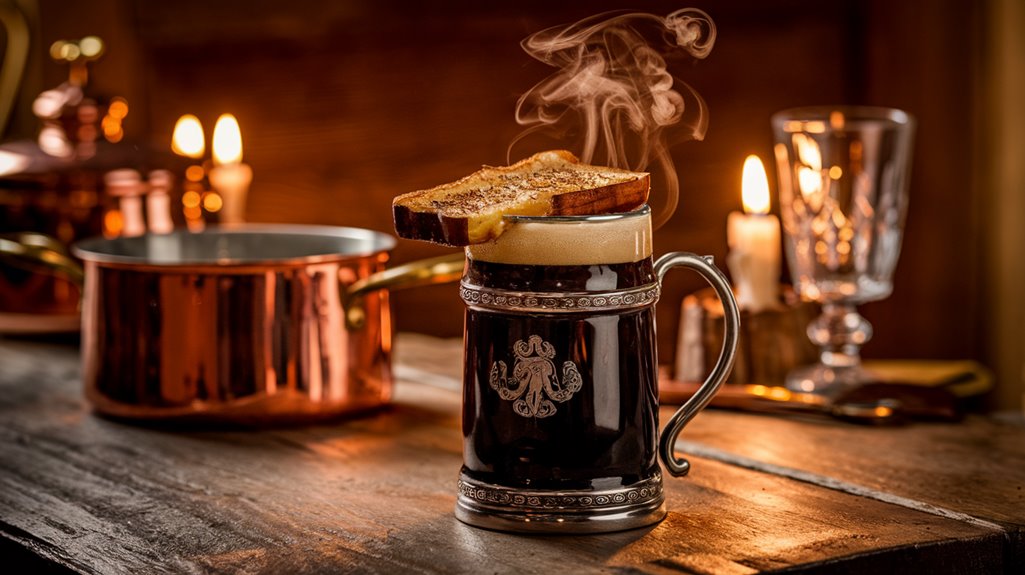
Throughout human history, drinking customs have transcended mere social practices to become deeply rooted cultural rituals. You'll find the cultural significance of toasting spans continents and centuries, from ancient civilizations like the Greeks and Romans to modern-day celebrations worldwide.
The origin of the term "toasting" itself derives from the seventeenth-century practice of adding spiced toast to beverages. In its historical context, toasting began as a sacred act, with early practitioners offering drinks to their gods for health and prosperity. In Hungary, clinking glasses is considered disrespectful due to historical events from 1848.
Today, you'll encounter diverse traditions across the globe: Japanese hosts carefully pour drinks for their guests, Ukrainians follow a specific sequence of toasts, and Italians raise their glasses with "Salute."
Whether you're clinking glasses in Turkey with raki, sharing a Pisco Sour in Peru, or joining a Scottish toast with "Slàinte mhath," you're participating in a tradition that connects people through shared moments of celebration and goodwill.
Modern Echoes of an Ancient Practice
While modern toasting may seem far removed from its ancient origins, you'll find fascinating connections between past and present customs.
Today's toasting practices maintain their social significance through refined communal rituals that honor tradition while embracing contemporary sensibilities. The ancient practice of adding toasted bread to wine for enhanced flavor eventually gave rise to the term "toast" we use today. Ancient Greeks and Romans demonstrated the ceremonial importance of toasting by making ritualized offerings to their deities.

